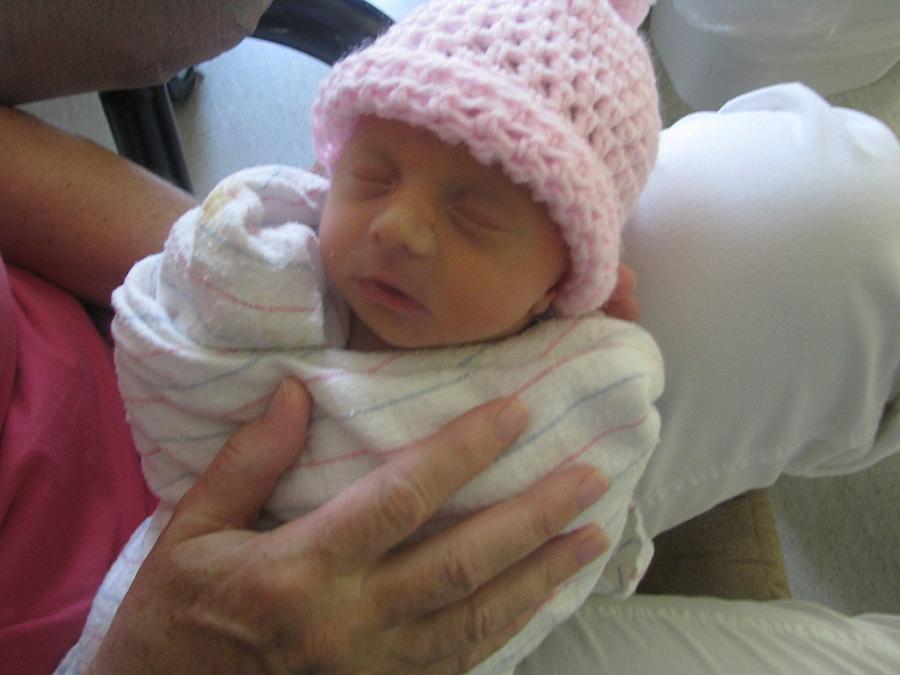Prenatal alcohol exposure is devastating a generation

An increasing number of American children are growing up with devastating, untreated developmental disabilities caused by prenatal alcohol exposure, triggering a mental health crisis that state and federal policymakers have largely ignored for decades.
Fetal alcohol spectrum disorders (FASD), or the range of conditions stemming from exposure to alcohol in the womb, affect somewhere between 1 and 5% of U.S. children, according to a 2018 study funded by the National Institutes of Health, though researchers say the prevalence may be even higher.
The consequences are devastating, long-term conditions that range from difficulty learning to mental and physical disabilities and brain damage. People born with fetal alcohol spectrum disorders are more likely to be incarcerated, have a developmental disability, and struggle with a mental illness compared to the general population. Most will never receive treatment.
“There’s a lifelong pattern of neurological problems that get more complex and difficult the older you get,” said Larry Burd, the director of North Dakota Fetal Alcohol Syndrome Center at the University of North Dakota. “You don’t outgrow this. It becomes increasingly complicated.” North Dakota has among the nation’s highest rates of binge drinking among pregnant women as well as fetal alcohol spectrum disorders.
It’s unclear how much alcohol exposure in the womb causes FASD, but doctors caution against drinking at all while pregnant. Still, roughly one in nine women in the United States reported drinking while pregnant and roughly 3.9% reported binge drinking, according to a recent CDC study. The American Academy of Pediatrics says the only way to prevent FASDs is to “completely avoid alcohol use while pregnant."
The condition costs the U.S. economy at least $4 billion each year, according to the CDC. Yet the federal government spends just around $30 million annually on fetal alcohol spectrum disorder, with the bulk of that going to research and very little going toward care.
Over the past few years, Congress and state legislatures have committed significant resources and attention to the opioid crisis — and specifically to help babies born with opioid dependence, which impacts roughly 6.5 per 1,000 babies born, according to the latest federal figures available. But there’s been no similar commitment to address or heighten awareness about fetal alcohol spectrum disorder, even though it’s far more prevalent and has more known adverse long-term effects than can follow individuals into adulthood.
The Department of Health and Human Services agency dedicated to treatment for mental health and addiction zeroed out its entire budget for treatment for people with fetal alcohol syndrome five years ago and told POLITICO “the issue is not in its purview.” There is no other federal agency that provides similar services. The National Institutes of Health has an office that invests around $17 million for fiscal year 2020 in research on the harms of alcohol on the fetus, and the Centers for Disease Control and Prevention has a small grant program for prevention, but both former President Barack Obama and President Donald Trump proposed cuts to those programs.
Failed state and federal policies aimed at preventing prenatal alcohol exposure, coupled with shrinking investments in prevention and treatment, have worsened the problem, particularly in rural communities.
My 2019 National Fellowship project will illuminate just how significant a problem fetal alcohol syndrome is in the United States, particularly in rural, low-income communities and explore the damage that decades of scaled-back state and federal investments has inflicted on children and families.
I plan to illustrate the gravity of the problem through stories of low-income North Dakota families who are struggling with fetal alcohol spectrum disorders in rural communities where basic treatment and prevention services are out of reach. I will also talk to health care providers in the state who are trying to bridge the treatment gap. Some are working to increase FASD screening in the foster care system as well as in primary care settings as part of a number of pilot programs that could eventually be used as a national model to identify and treat these conditions.

